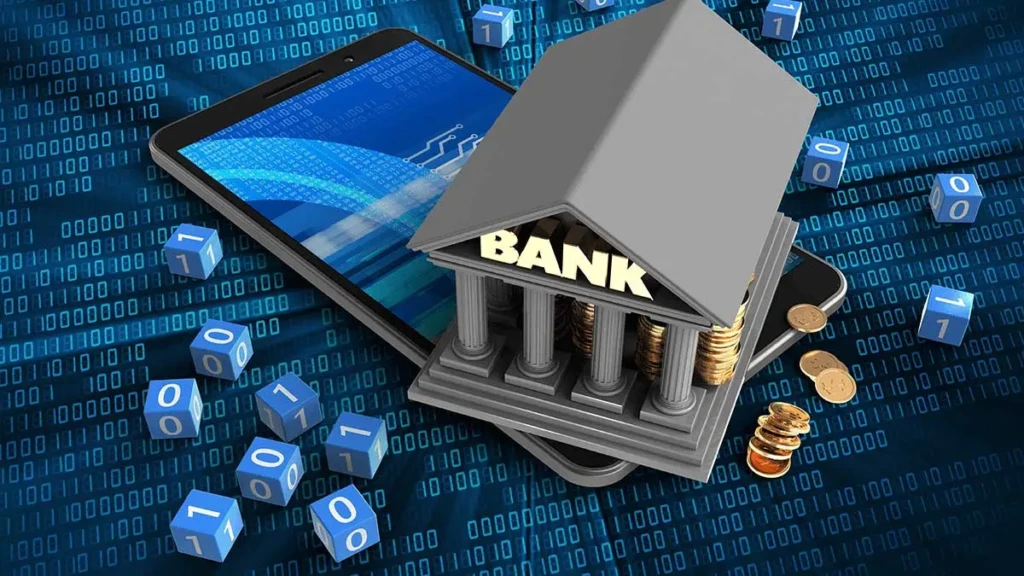What Problem Does Blockchain Solve for Banking?
Blockchain technology has emerged as a transformative force in the banking sector, addressing long-standing challenges and introducing innovative solutions. By leveraging its decentralized, transparent, and secure nature, blockchain offers a paradigm shift in how financial institutions operate.
The Persistent Challenges in Traditional Banking
1. Inefficient Cross-Border Payments
Traditional international money transfers often involve multiple intermediaries, leading to delays and high fees. According to the World Bank, the average cost of sending $200 across borders is approximately 6.5%, a significant burden for individuals and businesses .
2. Fraud and Security Vulnerabilities
Centralized banking systems are prime targets for cyberattacks and fraud due to their single points of failure. Data breaches and unauthorized transactions can undermine customer trust and financial stability.
3. Lack of Transparency and Accountability
Opaque processes in loan approvals, fund transfers, and compliance checks can lead to errors, disputes, and regulatory issues. Customers and regulators often struggle to verify the integrity of financial transactions.
4. High Operational Costs
Maintaining legacy systems, reconciling records across departments, and processing manual transactions contribute to substantial operational expenses for banks.
How Blockchain Addresses These Issues
1. Streamlining Cross-Border Payments
Blockchain enables direct peer-to-peer transactions without intermediaries, significantly reducing transaction times and costs. For instance, Fnality’s blockchain-based sterling payment system allows for real-time settlement, enhancing efficiency and reducing reliance on traditional banking hours .
2. Enhancing Security and Reducing Fraud
The decentralized nature of blockchain makes it resistant to tampering and unauthorized access. Each transaction is cryptographically secured and recorded on an immutable ledger, ensuring data integrity and reducing the risk of fraud .
3. Improving Transparency and Accountability
Blockchain’s transparent ledger allows all parties to view and verify transactions in real-time. This visibility ensures accountability and simplifies audits, making it easier to detect discrepancies and enforce compliance .
4. Reducing Operational Costs
By automating processes through smart contracts and eliminating intermediaries, blockchain reduces the need for manual intervention and reconciliation. This leads to lower operational costs and faster transaction processing .
Real-World Applications in Banking
Stablecoins and Digital Currencies
Financial institutions are exploring blockchain-based stablecoins to facilitate faster and more secure transactions. For example, Citigroup is considering providing custody and payment services for stablecoins, aiming to improve settlement speeds and efficiency .
Tokenization of Assets
Banks are adopting blockchain to tokenize traditional assets like bonds and real estate, enabling fractional ownership and broader access to investment opportunities .
Digital Identity Verification
Blockchain-based digital identity solutions are being implemented to streamline Know Your Customer (KYC) processes, enhancing security and reducing onboarding times for customers .
Challenges and Considerations
Regulatory Uncertainty
The evolving regulatory landscape poses challenges for the widespread adoption of blockchain in banking. Financial institutions must navigate varying regulations across jurisdictions to ensure compliance.
Integration with Legacy Systems
Integrating blockchain with existing banking infrastructure requires significant investment in technology and training. Banks must carefully plan and execute the transition to avoid disruptions.
Scalability Concerns
While blockchain offers numerous benefits, scalability remains a concern. Ensuring that blockchain networks can handle the high transaction volumes typical in banking is crucial for widespread adoption.
Future Outlook
As blockchain technology continues to mature, its integration into the banking sector is expected to deepen. The adoption of Central Bank Digital Currencies (CBDCs) and advancements in blockchain scalability solutions will likely drive further innovation. Financial institutions that embrace blockchain’s potential can position themselves as leaders in a rapidly evolving financial landscape.
Frequently Asked Questions (FAQs)
What problem does blockchain solve for banking?
Blockchain addresses inefficiencies in cross-border payments, enhances security by reducing fraud, improves transparency in financial transactions, and lowers operational costs through automation.
How does blockchain improve security in banking?
By decentralizing data storage and utilizing cryptographic techniques, blockchain ensures that transaction records are immutable and resistant to unauthorized access, thereby enhancing security.
Can blockchain reduce the cost of banking operations?
Yes, blockchain automates processes through smart contracts and eliminates intermediaries, leading to reduced manual intervention and lower operational expenses.
What role do stablecoins play in blockchain-based banking?
Stablecoins, being blockchain-based digital currencies pegged to stable assets, facilitate faster and more secure transactions, offering an alternative to traditional fiat currencies in banking operations.
Conclusion
Blockchain technology offers comprehensive solutions to many of the challenges faced by traditional banking systems. Its ability to streamline processes, enhance security, and reduce costs makes it a valuable tool for financial institutions seeking to innovate and improve service delivery. As the technology evolves, its impact on the banking sector is poised to grow, ushering in a new era of financial services.

